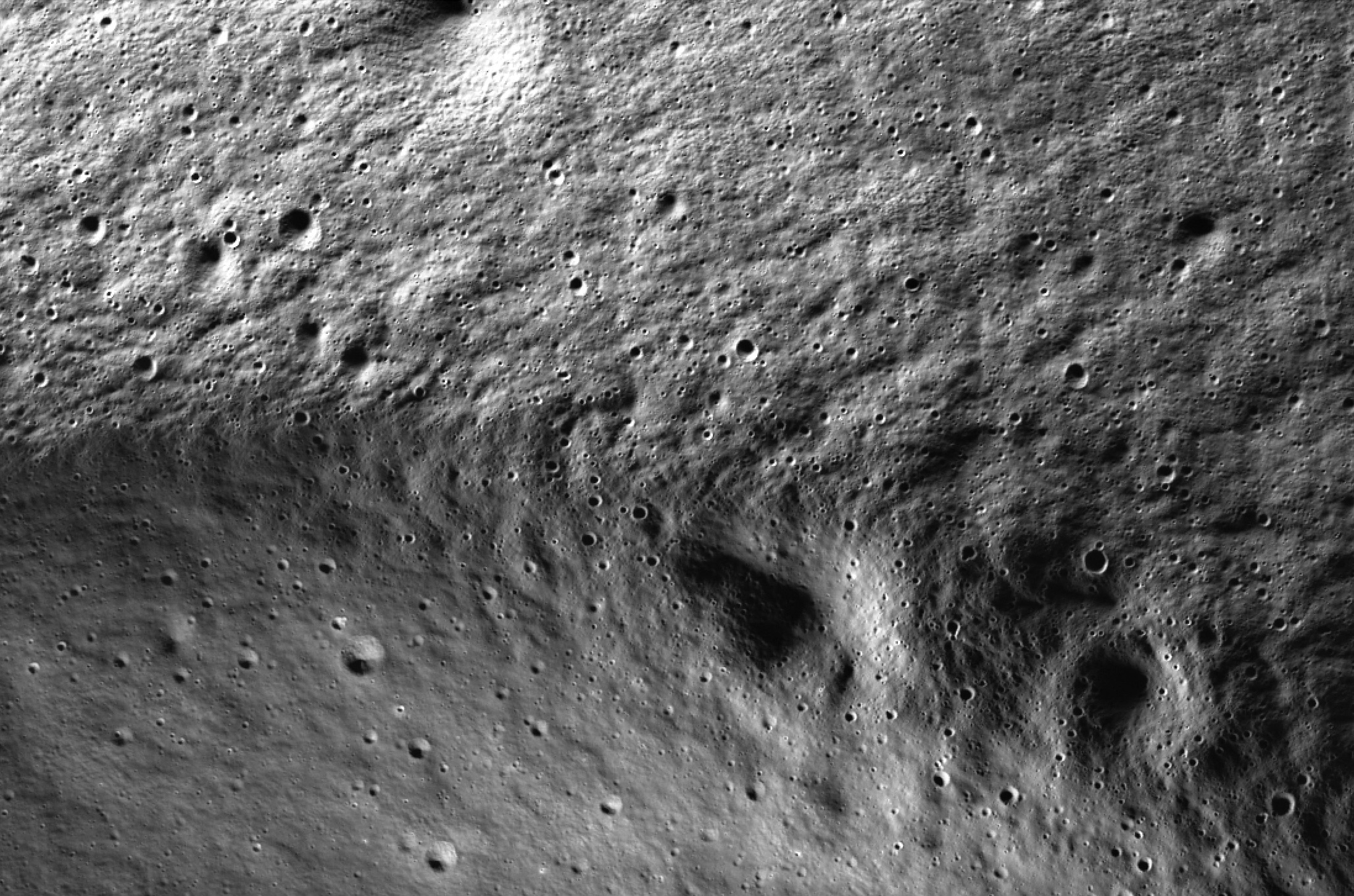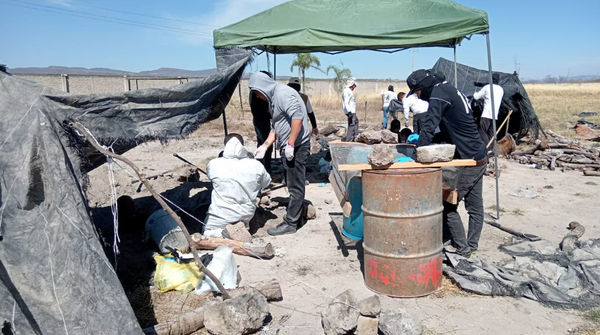
An image of a crater rim near the lunar south pole shows how NASA's latest lunar camera is shining new light on the darker regions of our celestial neighbor.
The new photo, snapped on Feb. 28 by the NASA-funded ShadowCam, shows a portion of the 2.85-mile-diameter (4.6 kilometers) Marvin crater, just 16 miles (26 km) from the moon's south pole.
The super-sensitive Shadowcam is designed to detect reflected light. While areas lit by direct sunlight would appear saturated to the instrument, Shadowcam's sensitivity means it can reveal very dimly lit permanently shadowed regions, or PSRs.
Related: South Korea's moon mission snaps stunning Earth pics after successful lunar arrival
The new image shows differences in the lighting of craters inside and outside the rim of Marvin crater, because they are being illuminated by faint light being scattered off nearby mountains, according to an update from the ShadowCam team posted on March 13. This means big differences in the direction of lighting experienced by even nearby craters.
Marvin crater was named for pioneering planetary geologist Ursula Marvin. The crater interior is in permanent shadow.
ShadowCam is operating aboard the Korea Aerospace Research Institute's Danuri spacecraft, which entered lunar orbit in December 2022. It builds on the cameras aboard NASA's Lunar Reconnaissance Orbiter, which has been operating since 2009, but is 200 times more sensitive.
ShadowCam has previously revealed unprecedented details of Shackleton crater as part of its commissioning phase.
High-resolution images collected by ShadowCam could provide clues about lunar evolution, water trapped as ice in shadowed regions, and even assist site selection for crewed Artemis missions, according to NASA.
Danuri, meanwhile, has been putting its five other payloads into action, including returning images from its main camera.
Follow us on Twitter @Spacedotcom or on Facebook.







